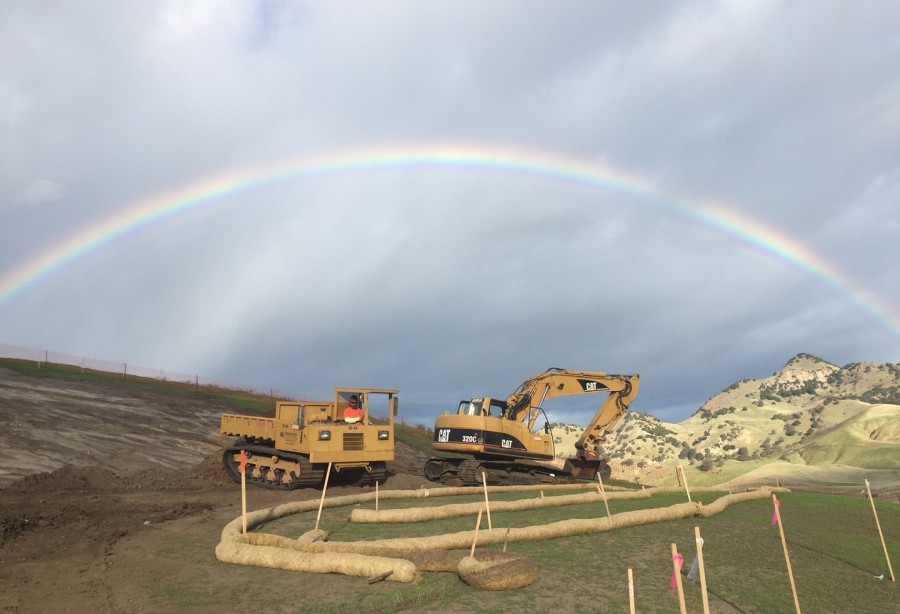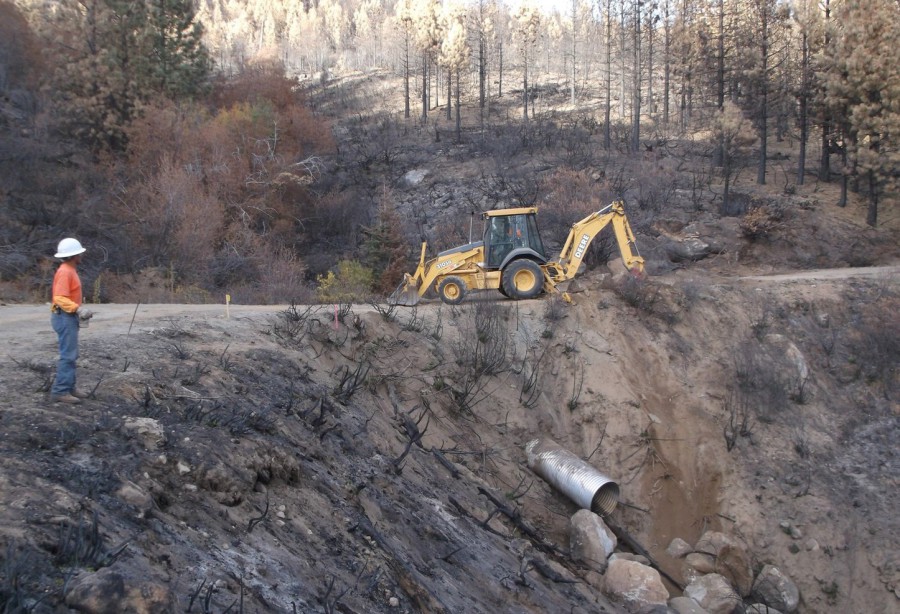Remediation
U2 Incident Environmental Remediation
Sutter Buttes, Sutter, CA
Subsequent to the unfortunate events that led to a USAF TU-2S making an uncontrolled impact within the Sutter Buttes, the North Star team responded to conduct environmental excavation, testing, removal and remediation of the site. Due to the nature of spilled fuels, heavy metals and other materials from the burned aircraft, methodical, controlled removal of several layers of sediment was required. All onsite personnel were OSHA and HAZWOPER certified. Ongoing testing of removed materials and the surrounding area water ways was also performed, to ensure that all materials hazardous to the environment had been eliminated. Crews chased spilled fuels to a maximum depth of 18’ in spots within this large hillside location. Contaminated material was properly manifested and hauled to the appropriate class-level landfill. The site was then backfilled with native soils compatible to the Sutter Buttes unique environment. Because the area impacted was active grazing land for sheep and cattle, as well as an iconic scenic destination for the Northern Sacramento Valley, restoration included extensive terrestrial refurbishing and native reseeding of the impacted area. We are proud of our partnership and service to our armed forces. The lasting impact that working this memorial site had on our crews reminds us daily of the many sacrifices made on our behalf, by the dedicated men and women of our armed forces.
Burn Area Emergency Response
Several remediation, repair and reclamation projects were tackled within these fire damaged U.S. Forest Service areas. Within a limited time frame a variety of construction and repair tasks were accomplished including: Repair of the Cottonwood-Clavey Bridge, replacement of 113 drainage culverts and 135 culvert risers & steel grates, remediation of erosion protection (approximately 700 tons of riprap), slope stabilization, excavation, re-shaping, compaction and reconstruction of roadway surfaces including guardrails. Because of the nature of the fire damage and encroaching threat of erosion due to inclement weather a rapid response team with appropriate resources was deployed. Much of the work was conducted within active fire zones. All work was completed prior to major storm events, averting the secondary disaster which typically plagues forest fire sites.


